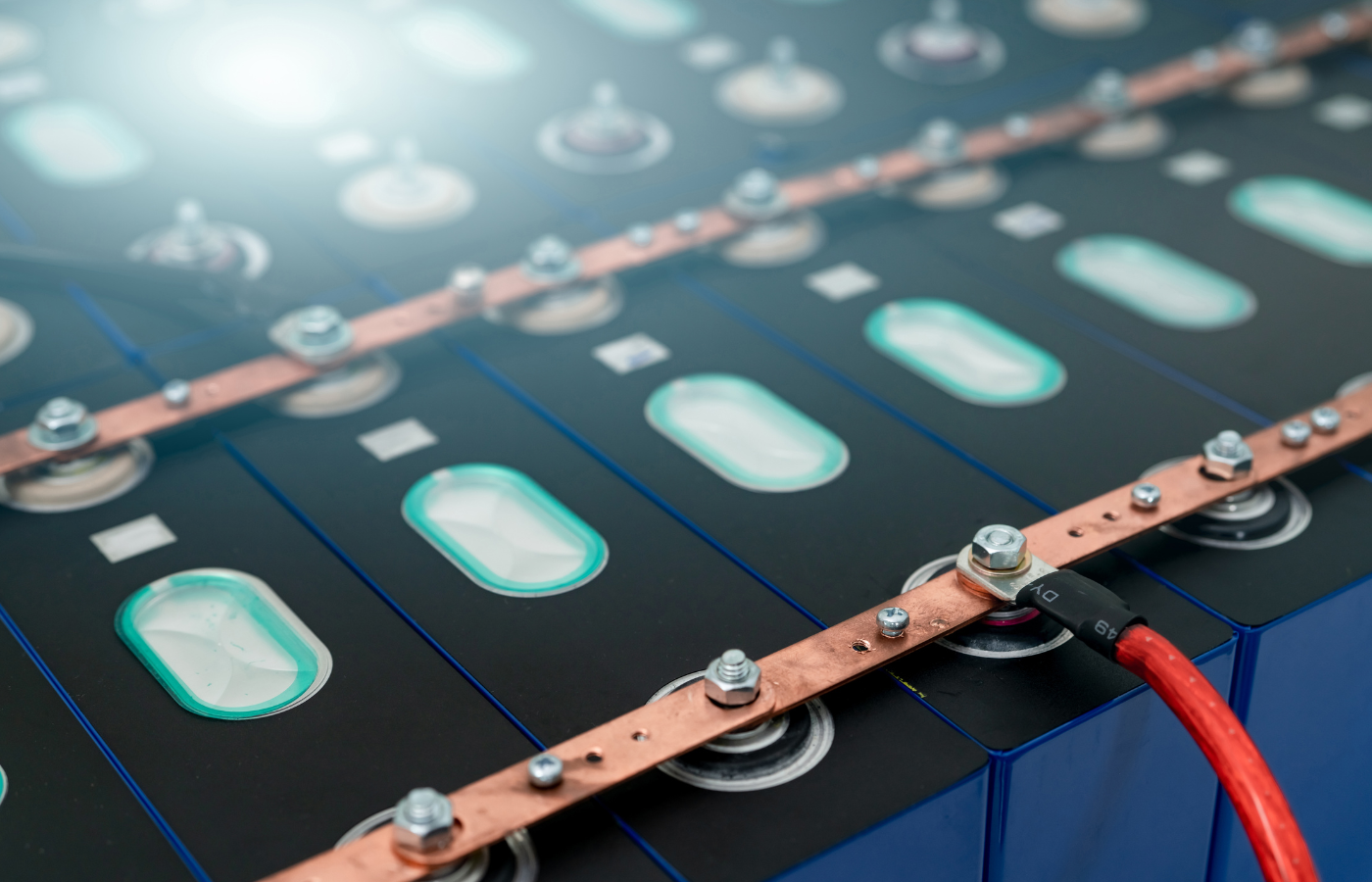Every electric vehicle maker has to make sure that EV batteries are safe to use. EV batteries store large amounts of energy, and if not properly designed, manufactured, and maintained, can pose hazards, although these are significantly less likely than fire hazards in ICE (Internal Combustion Engine) vehicles.
In this edition of our Battery Safety series, we will look at how manufacturers approach the design of their EV batteries at the module level. Let’s find out how much attention these companies pay to keep their batteries safe.
What is a Module?
A module is a collection of cells that are kept in an enclosure. When several of these modules are assembled into a single unit, they are called a complete battery pack. A recurring theme for battery safety at every level is thermal management – keeping the cells at a temperature which they “like” to be at.
At a more detailed level, a battery module is a collection of cells mechanically secured and electrically connected in a combination of series and parallel connections to provide the desired voltage and capacity.
At this stage, the format of the cell is chosen from 3 basic formats:
- Cylindrical
- Prismatic
- Pouch
Each of these formats shows certain safety characteristics that can be compared to make the choice.
Within the module, the most important safety device is the Battery Management System (BMS). Typically, a module would include a local BMS board that would monitor cell voltage and temperature, reporting to the BMS master.
If the sensors detect temperatures increasing, the BMS can act accordingly such as de-rating the power or increasing the cooling.
Using Cylindrical Cells
Alkaline cylindrical cells (such as sizes AAA; AA; C; D etc) have been used for decades for consumer electronics and other segments. For lithium cells, a commodity format used for consumer electronics is known as the 18650 cell – similar in size to the alkaline AA cell.
Many manufacturers offer this cell, and billions are manufactured each year. It’s easy to see why early EVs were manufactured using these cells, albeit in large quantities – for example, the original Tesla Roadster battery pack used 6,831 of these cells. Other sizes of cylindrical cells are available – larger ones are increasingly common.
Temperature control can be maintained by locating the cells next to cooling elements within the module. These can take the form of a hollow plate or strips allowing cooling fluid (usually water/glycol solution) to flow through, removing heat from the cells.
A more effective method is immersion cooling where a dielectric fluid flows directly through the module and the gaps formed in the stack of cylindrical cells. Internally, the module is ‘wet’ – electronics, contacts, everything. Using a non-conductive dielectric fluid enables this without any risk of short circuits and is the most effective way of transferring the heat out of the module.
Additional safety measures can be used such as flame-retardant lining and separating materials between the cells.
Using Pouch Cells
Pouch cells offer advantages over cylindrical cells in that large formats can be produced, reducing the overall cell count. This simplifies the mechanical design of the module, however, as pouch cells are not as mechanically robust as cylindrical cells, attention should be paid to the cell carrier construction.
Additionally, as the cells are charged and discharged, they may swell and contract so this needs to be considered too. Cooling may be simpler than with cylindrical cells as pouch cells offer a large surface area to volume ratio. Heat may be removed simply by flowing air through the module or using thermally conductive material between the cells to move the heat to a cold plate.
Using Prismatic Cells
Prismatic cells offer a simple solution to module construction as they have a robust outer case but offer a much-reduced cell count due to their size. They also offer an improved surface area to volume compared with cylindrical cells for heat rejection in ways described earlier.
Additional Module Requirements
The mechanical design for an automotive application is incredibly important. A vehicle is a moving object, with dynamic inputs, shock loading, and static loading due to the mass of the cells and modules.
Typical structural analysis techniques should be used to understand the stresses on the mechanical structure of the battery cell carriers, the modules, and their mountings within the pack, to design a robust, protective cell enclosure.
Fluid flow analysis may be conducted to optimise the cooling system to match the heat rejection of the cells.
Up Next
We have discussed how to keep EV batteries safe at the cell level and now at the module level. In the next instalment of our Battery Safety series, we will find out the safety measures that can be included in the design of the complete battery pack, including some alternative cooling methods.
For more News & Insights, stay tuned to the VivoPower website.
